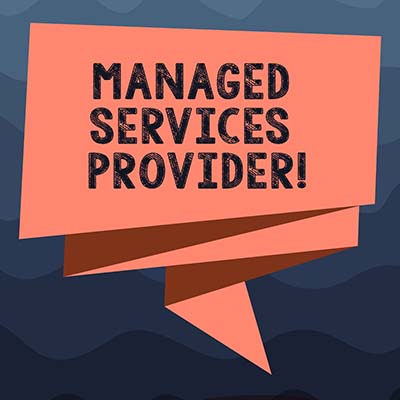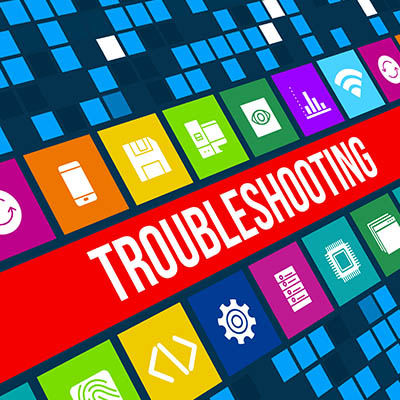Sometimes it might be tempting to just smack your computer to make it work appropriately, and while it’s often a joke that this can fix the problem, it’s not something that we would recommend you get used to doing. Let’s discuss why it might not be a good idea to abuse your computer.
How does your company manage its technology? Does it struggle with the idea of managing multiple workstations, server units, networking components, mobile devices, and more? If so, then read on—we have some tips to help you better manage the many different technological parts of your organization.
With every new year comes new resolutions designed to help you defeat bad habits and bring better ones into your organization. Here are a couple of resolutions you can adopt for your business, particularly in terms of technology management and IT.
Each year we try to come up with a creative Christmas article that ties IT into one of the many holiday fables, but this year we thought we would just forgo the pageantry and talk a little bit about how important our client’s are and what we can do to help take them where they want to go.
How does your business manage its IT resources? Do you have a chief information officer, or CIO, in-house who manages everything related to your technology? If not, who is the one responsible for managing and maintaining your systems? If you don’t know the answer to this question, we have a reality check for you: you need to.
Before this week, you probably never heard about Log4j. Right now, though, it’s the biggest topic in cybersecurity due to a massive vulnerability that is estimated to affect millions of devices. Your business needs to take this seriously.
If you don’t properly maintain your technology, then it’s simply not going to be one of your company’s strengths. It’s a simple statement, but it’s one that many modern businesses fail to act upon. A managed service provider can make it much easier to get the technology maintenance your business needs to succeed. Let’s take a closer look at the people who deliver these services to your organization.
Network security is one aspect of your business that absolutely should not be underestimated. In fact, many companies fail to adequately monitor their networks, and it can lead to many complications down the road. Why is it so critical to monitor your network, and how can you make sure that your business is actually doing it?
When something goes wrong, it makes sense that you have a process in place to go over the issue and find a solution. This process, also known as troubleshooting, will have several variables that must be accounted for, but the general process itself remains unchanged. Here are the five steps to troubleshooting any problem, as well as ensuring that the issue does not become more problematic in the future.
To be adept at a task is to say that the one doing the task is a professional, or someone with substantial knowledge that can be used to effectively complete the task. Cybersecurity is one such area where having a considerable amount of knowledge is of particular importance to help navigate the complex environment surrounding it. How can your organization achieve this level of mindfulness and expertise?










